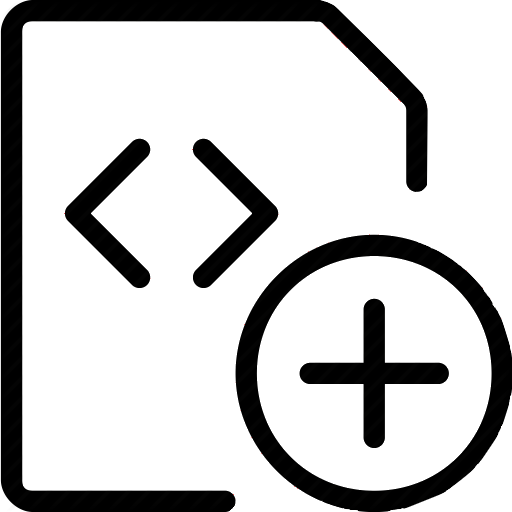
This paper goes back to Turing (1936) and treats his machine as a cognitive model (W,D,B), where W is an "external world" represented by memory device (the tape divided into squares), and (D,B) is a simple robot that consists of the sensory-motor devices, D, and the brain, B. The robot's sensory-motor devices (the "eye", the "hand", and the "organ of speech") allow the robot to simulate the work of any Turing machine. The robot simulates the internal states of a Turing machine by "talking to itself." At the stage of training, the teacher forces the robot (by acting directly on its motor centers) to perform several examples of an algorithm with different input data presented on tape. Two effects are achieved: 1) The robot learns to perform the shown algorithm with any input data using the tape. 2) The robot learns to perform the algorithm "mentally" using an "imaginary tape." The model illustrates the simplest concept of a universal learning neurocomputer, demonstrates universality of associative learning as the mechanism of programming, and provides a simplified, but nontrivial neurobiologically plausible explanation of the phenomena of working memory and mental imagery. The model is implemented as a user-friendly program for Windows called EROBOT. The program is available at www.brain0.com/software.html.